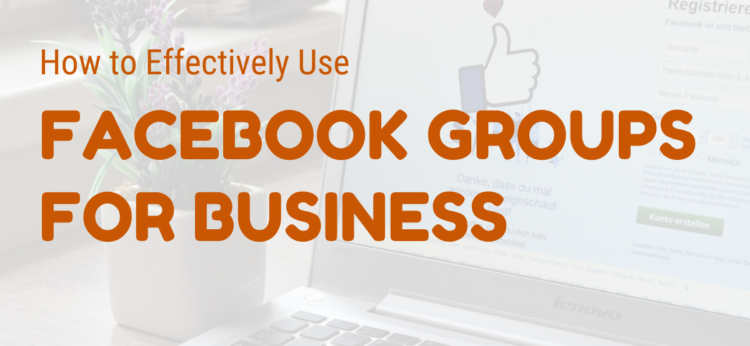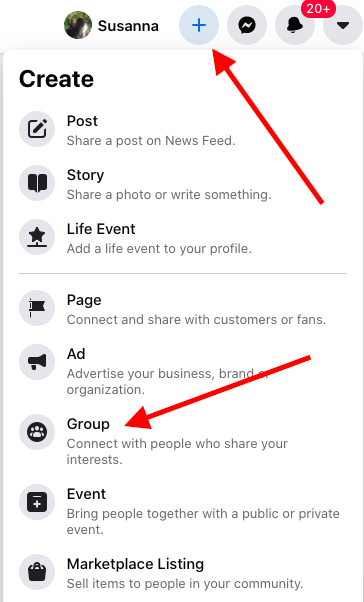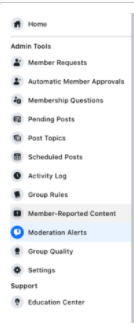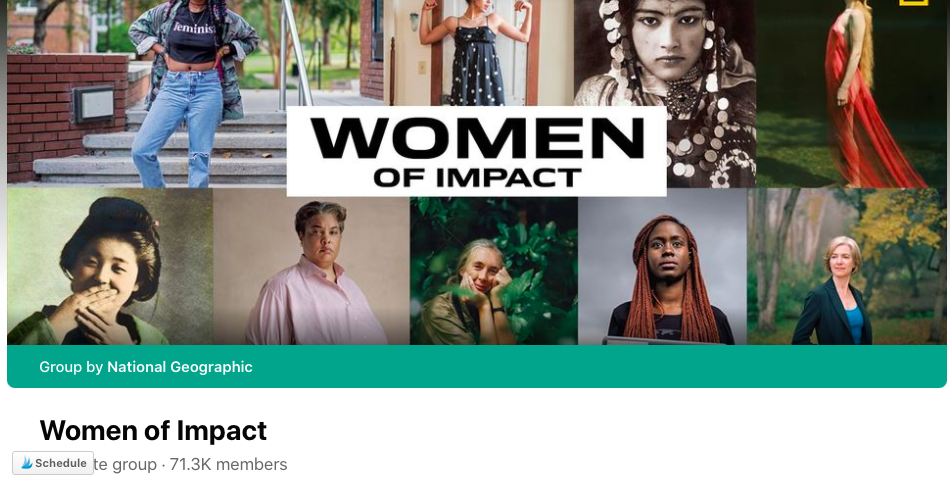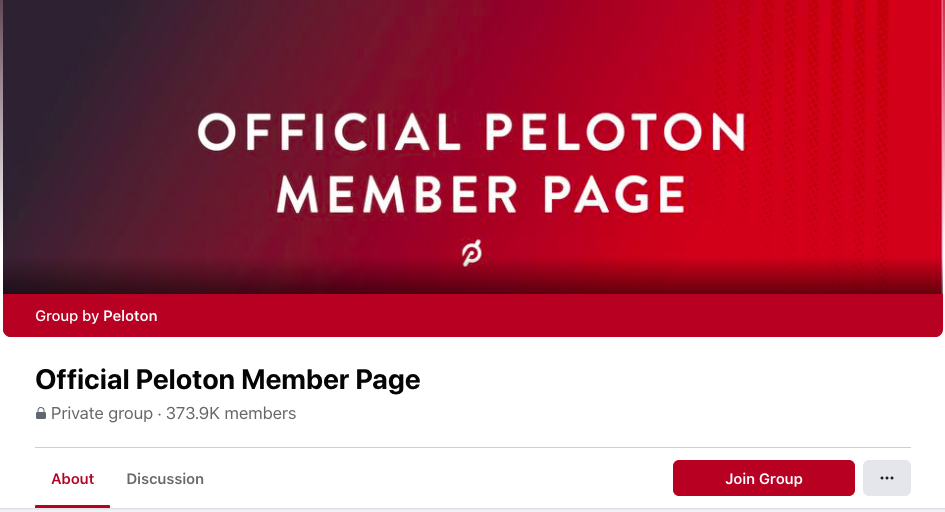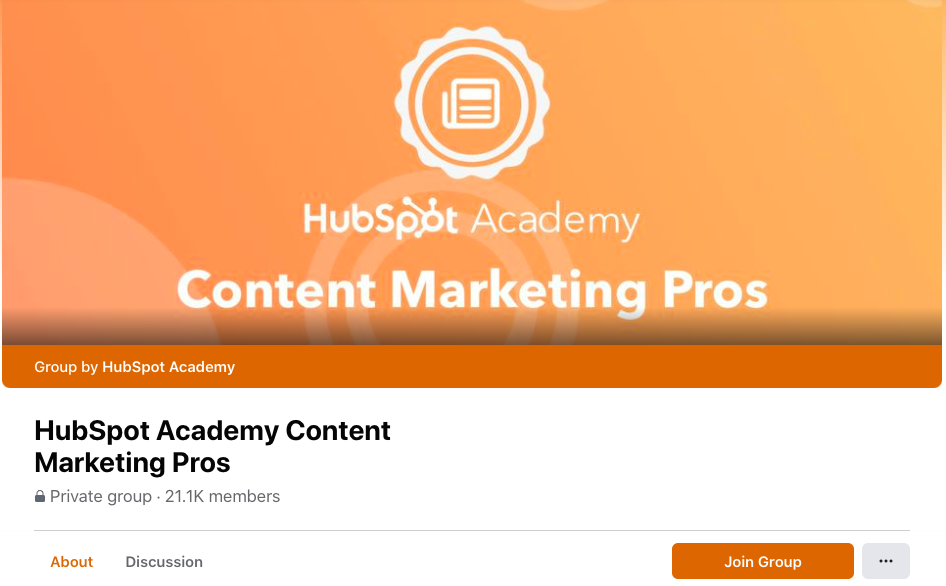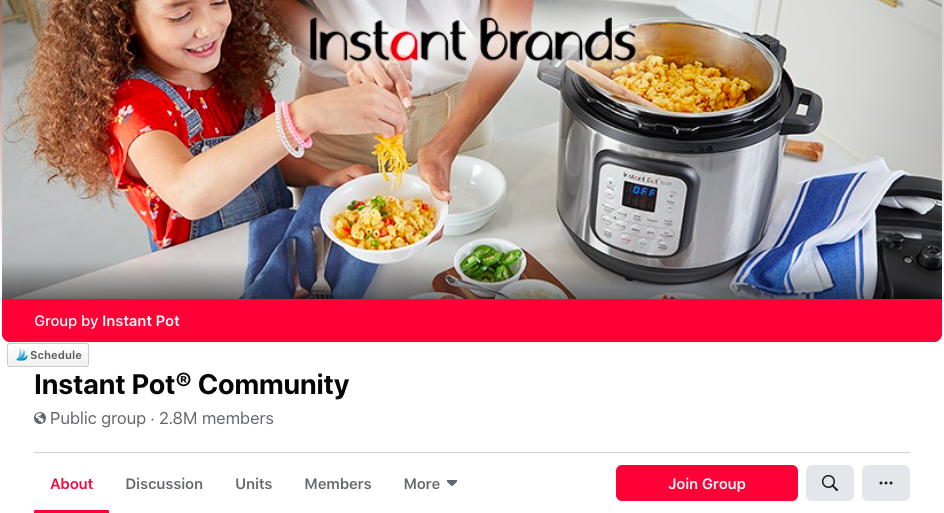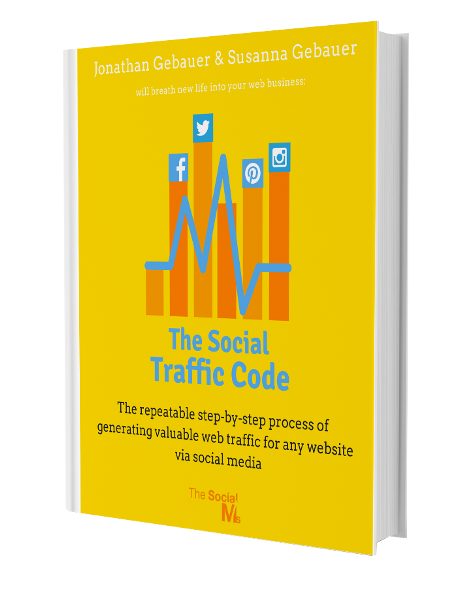Facebook groups are a big thing in marketing.
Facebook itself is pushing groups into focus. You want proof? In February, Facebook spent an estimated $10 million on a commercial for Facebook groups during Super Bowl. There are more than 10 million groups on Facebook. 1.4 billion people use Facebook groups.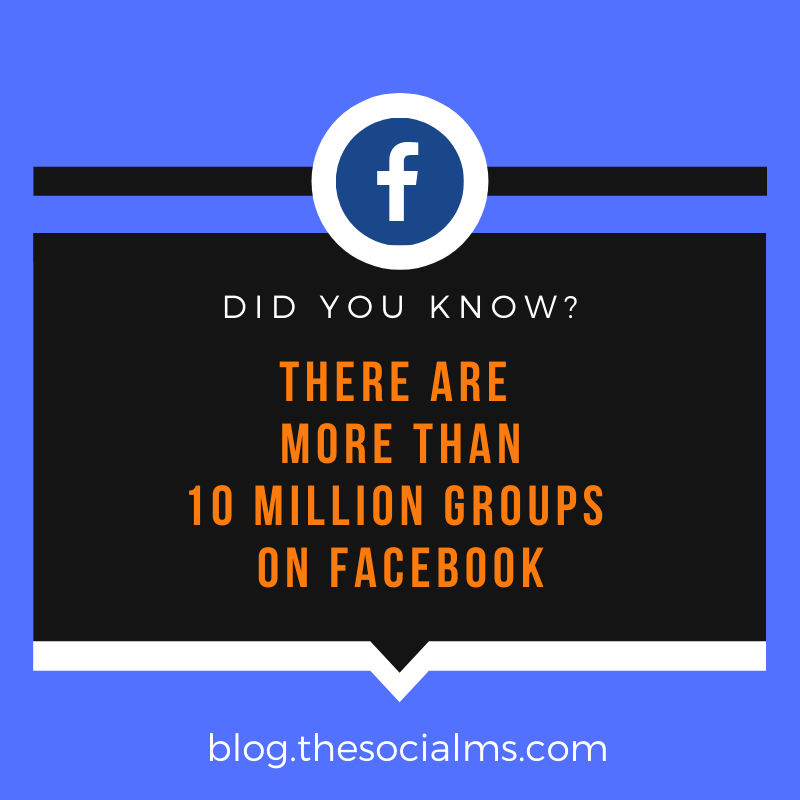
While it may still be relevant for businesses to have a Facebook Fanpage, if you are looking for marketing success, Facebook groups may well be the better opportunity!
It’s been getting harder to grow fans for a Fanpage. But even if you already have a fair number of fans, reaching them with your Facebook Fanpage updates without paying for advertising is getting harder by the day.
Before you read on - we have various resources that show you exactly how to use social networks to gain massive traffic and leads. For instance, check out the following:
FREE Step-by-Step Twitter Marketing GuideFREE Pinterest Marketing Ebook
While people keep bashing Facebook for the decreasing reach and claim that this is all due to Facebook’s greed and the goal of making its users pay for every benefit they get – at least part of the downfall of Facebook Fanpages may simply be because the way people are using Facebook is changing.
 People do not want to listen to one-way channels anymore. They are looking for real interactions on social media platforms.
People do not want to listen to one-way channels anymore. They are looking for real interactions on social media platforms.
If you manage to engage your audience on Facebook, you are one step closer to marketing success.
But engagement on Fanpages is dropping.
Yes, some of this is because nobody will see your updates most of the time – if you do not boost them with ads.
But “groups” come as a feature that has community and engagement as part of their claim. That makes them the perfect place to look for fruitful connections when it comes to marketing.
But as always, there are Facebook groups that will work well for you – and other Facebook groups will be boring or even frustrating for you, to say the least. Because there is more to Facebook groups for blogs or businesses than just joining them in large numbers and then shout out the same posts you would have used on your Facebook Fanpage.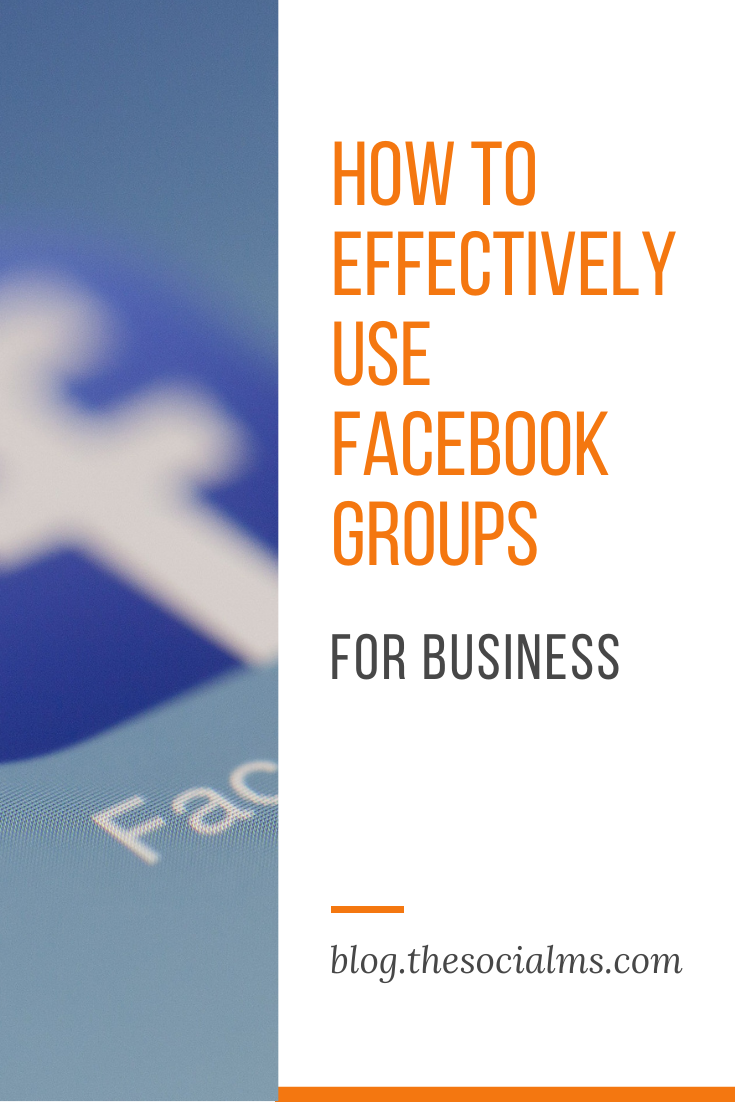
What are Facebook Groups, and how can you create one?
Facebook groups are a place on Facebook where like-minded people or people with similar interests meet to exchange thoughts, information, and tips from their niche.
Facebook groups provide a space where you can meet targeted people for discussions and exchange of information.
Hey, before you read on - we have in various FREE in-depth guides on similar topics that you can download. For this post, check out:
FREE workbook: CREATE AWESOME BLOG POSTSFREE Beginner's Guide: START A BLOG
Facebook Page vs. Groups
A Facebook page is basically your business space on Facebook. It is all about you. You can set up a store. You have complete control over the information on your page, and most of the time, the information on a page revolves around your business, your products, or your blog posts.
A Facebook Group is a community effort – even if someone owns the group and stirs it in the direction he/she wants.
People in a group are far more likely to form relationships with each other. Yes, these relationships will form between others as well as between you and other group members, but don’t look with jealousy on other people’s connections. You will benefit from a group’s community more if the group prospers and grows in all directions.
A group’s goal is engagement as a way to interact – while a page needs engagement mainly to increase the reach 😉
How to create a Facebook group
- Click on the “+” beside our Facebook Profile Picture.
- Choose “Group” on the list of things you can add.
- In the form that opens, choose a name for your new group. Choose privacy and
visibility options. - Change some settings before you start inviting people:
Add a description to the group. This will tell people what they can expect, you can also add some group rules.
Adjust the Membership settings: You can choose who can join the group – for instance, should it be “invite-only?” Who can approve a membership request?
You should also upload a cover image to make the group more inviting! - Ready to go. You should now consider to invite some friends to the group and consider other ways to spread the word about the group. You can post the group on your Fanpage or even email it to your email subscribers. But wait until you have set up the group before inviting people to something they will not like because it is not ready.
You have three options for the privacy setting of your Facebook Group: public, private + visible, private + hidden.
A public group is always visible. For a private group, you can choose if you want the group to be visible or hidden. A private but visible group can be found in the search, but non-members cannot see what is posted before joining. A hidden group can only be found by invitation.
A public group will be listed in Facebook search listings for people searching for related terms. While people still have to join the group before posting, everybody can see what is posted in the group.
A private Facebook group is often your best option when building a very relevant and exclusive community.
Group members tend to open up more in closed communities. A private group is often easier to moderate as you can choose members with care.
Why Facebook Groups are great for entrepreneurs?
There are two different approaches to Facebook groups for entrepreneurs and bloggers:
- You can join groups from your niche that already exist.
- You can start your own group.
Both approaches have their benefits for marketing and business purposes.
However, if you are a new entrepreneur, you should be aware that your own group may sound beneficial IF you manage to grow it, but the question of HOW you can get people to join your group needs to be answered first.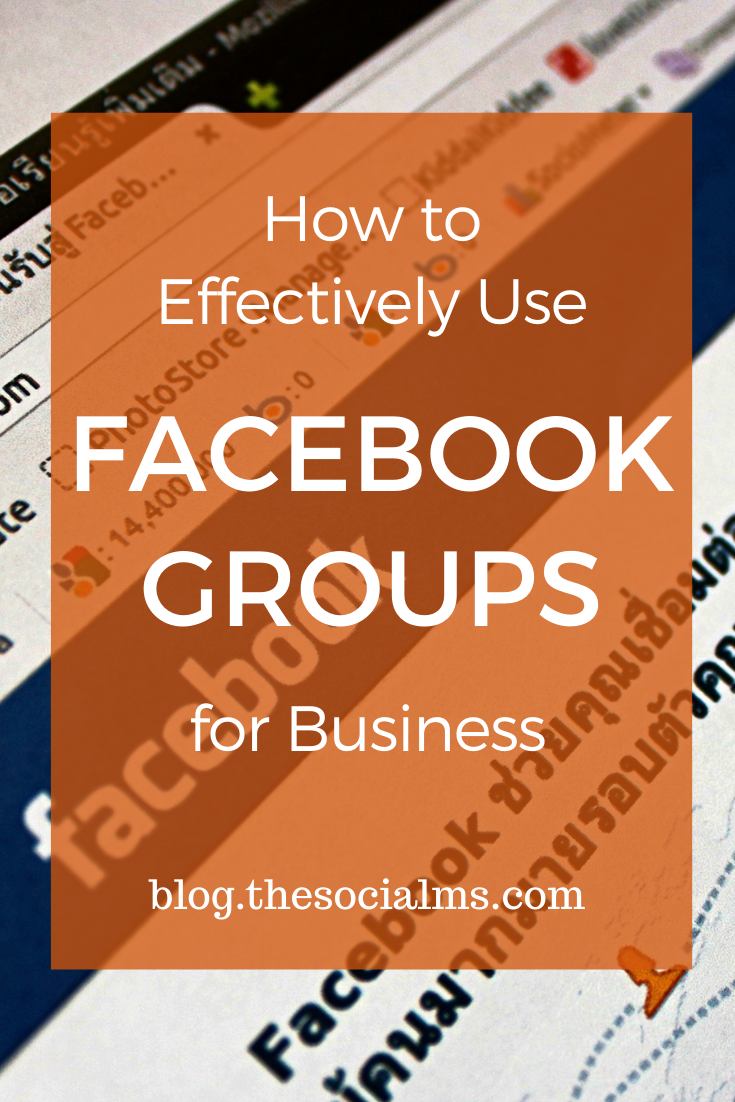
The advantage of joining existing groups is that you can become part of a community without having to build this community – the group owner already did that.
Joining existing groups will help you to network within your niche. You can get your name out there by answering questions and joining discussions. Do not focus on sharing your content or products. There are more benefits from the group than traffic:
- Network and connect to other content creators. Benefits can be guest posting opportunities, cooperation, or recommendations.
- Learn what your audience is talking about – get ideas for content and even products.
- Get feedback on content and products.
With your own group, you can decide how you want to use it. There are multiple options for how you can benefit from your Facebook group. Depending on your goals, you have to decide who you invite or accept to the group. You may keep the group exclusively to customers or use it to reach potential new clients.
Here are some examples of how you can use a Facebook Group:
- Build community – and relationships to customers
- Increase reach
- Customer support – a Facebook Group can be a very efficient way to deal with customer’s questions. The group will sometimes even do the support for you by answering the user questions.
- Get customer or audience feedback, react to customer requirements – offer additional value.
- Create additional value with an exclusive group just for customers. These types of groups are often used as incentives for new customers.
Both types of groups (owned and existing) will help you find beta testers, brand ambassadors, or affiliates.
Best Practices for running a Facebook Group
If you are running your own Facebook Groups, you should follow some best practices to make it the positive experience you want it to be:
- Clear Code of Conduct: Tell people what they are allowed to do in the group and what you do not want. For instance, you may not want people to promote products and services – as these types of posts often make groups very spammy and do not add to discussions and engagement. If you make the rules clear, you can easily delete posts that are against the rules and eventually kick people out who consistently break the rules.
- Welcome new members regularly: Make new members feel welcome and at home. A simple “Welcome to our new members: @Sandy, @Mark, and @John” can help to start the relationship on the right foot. If you ask new members to introduce themselves, you can keep up the activity in the group.

Image Source: Adespresso - Engage consistently: Don’t set up a group and then leave it idle. If you want to start a group, you have to make an effort and engage. Especially when engagement dies down, you are in charge and should start new conversations.
- Facebook Groups come with some beneficial moderation features.
 If your group grows and it gets harder to keep ahead of all the messages, you should use them to get alerted to the most important posts right away. For instance, if you are using the group as a customer support forum and someone mentions “downtime” or “cannot buy,” you should react in a short time. Moderation features will help you to set up alerts. You can also schedule posts for your group or handle membership requests.
If your group grows and it gets harder to keep ahead of all the messages, you should use them to get alerted to the most important posts right away. For instance, if you are using the group as a customer support forum and someone mentions “downtime” or “cannot buy,” you should react in a short time. Moderation features will help you to set up alerts. You can also schedule posts for your group or handle membership requests. 
Image Source: Adespresso - Utilize Facebook Live in your group: You can use Facebook Live videos to add personality and a face to your brand – and the group. Facebook Live is a very engaging format and gives your members the chance to interact directly with you.
In case you are mainly using existing groups, make sure you read the group rules and follow them. If you want to use groups to interact, build relationships, and reach an audience, you do not want to annoy the community with inappropriate behavior.
Try to engage with people from the group, don’t just shout out messages but become part of the conversation.
Examples and Case Studies of Facebook Groups
1. National Geographic – Women of Impact
Empowering Women is a hot topic and has been for years.
Many companies have groups for women. National Geographic may not be the typical business you would expect to cater to women’s opportunities. But that makes it so much more intriguing.
The group is flourishing with over 70k members. And this group shows that a Facebook group does not always have to be connected to products.
National Geographic is a great example of a company that utilizes the many opportunities that the different social media platforms offer. If you have not seen their Instagram, check out their Instagram storyboards!
2. Peloton – Official Peloton Members Page
This is a group for owners of sports equipment from Peloton. The group connects like-minded people around the products and fitness classes hosted by Peloton.
This group is clearly connected to the owner’s products, offers additional value to their customers, and creates community around the products.
As I am writing this, the group has over 370k members – and growing!
3. Hubspot Academy Content Marketing Pros
The Hubspot Academy is for all Content marketing professionals. It is not limited to Hubspot customers. This is not a customer support group. It is Hubspot’s closest contact to what’s going on in their target audience.
In the group, people can connect to like-minded people from their niche. Hubspot encourages discussions about content challenges, current projects, and everything else connected to content marketing.
This way, Hubspot gets in the middle of their target group. They know what content marketers are talking about, what’s bugging them, and what products and solutions they are missing. This insight is invaluable!
4. Instant Pot Community
From the examples in this post, this group is the only public group. Non-members can see what is happening in the group without joining the group.
With 2.7m members in the group and (just) 312k fans to the Instant Pot Facebook Fanpage, this group is a great example of the popularity of groups with Facebook users.
Members of the group interact about all things Instant pot: questions, recipes, and the joy of cooking. The group sees an extraordinary number of 10000 posts per month.
With recipes being popular on social media anyway, the public group is a great way for Instant Pot to increase their reach and connect to new users.
Final Thoughts on Facebook Groups
Discussion forums and groups have posed great opportunities for bloggers and businesses for years now. But with the decreasing organic reach on social platforms and the need for more engagement and interaction with target audiences, Facebook groups are winning against Fanpages now.
However, don’t make it one or the other between Facebook pages and groups. You can and, in most cases, should do both.
Use your Fanpage to provide interested visitors with the information they are looking for and use groups to connect, build community, and engage with people from your niche.
Forget Failure. Get the simple process to success:
We show you the exact steps we took to grow our first business from 0 to 500k page views per month with social media and how we got 50k visitors per month from social media to this blog after 6 months. We show you the exact steps you need to take to see traffic success.
You get easy-to-follow step-by-step action plans and you will see the first results after a couple of days. Check out “The Social Traffic Code” – there is a special offer for you!
“The Social Ms blog and books have shown us great possibilities of growing on Twitter and via online media. In addition, they actually respond to email reactions. Practicing what they preach gives them the credibility edge.” Guy Pardon, Atomikos
Don’t miss out – make a decision for success!

